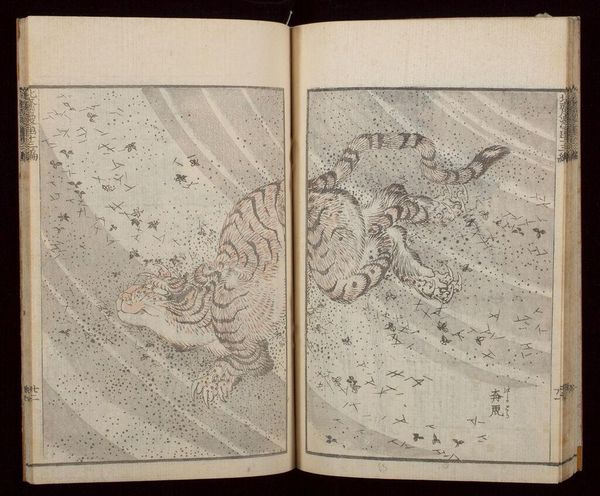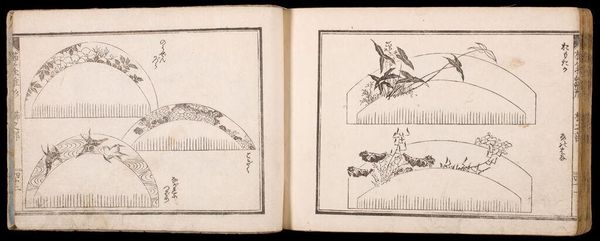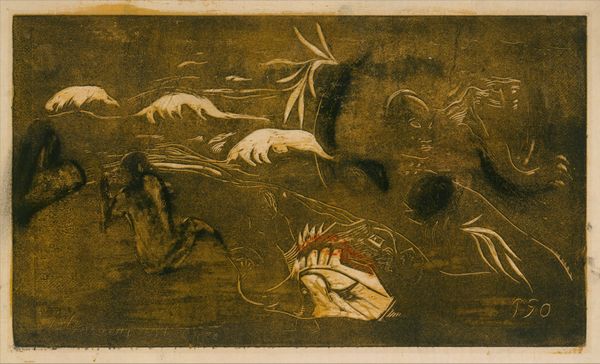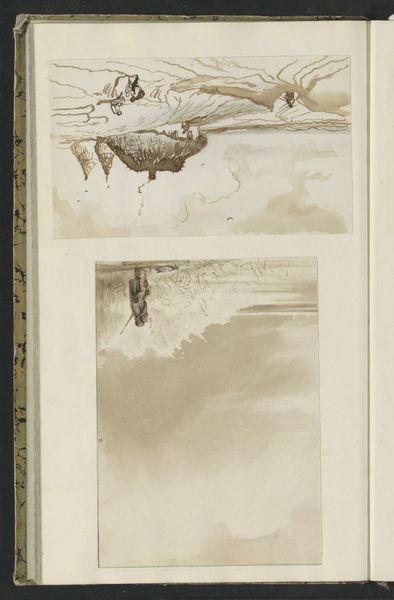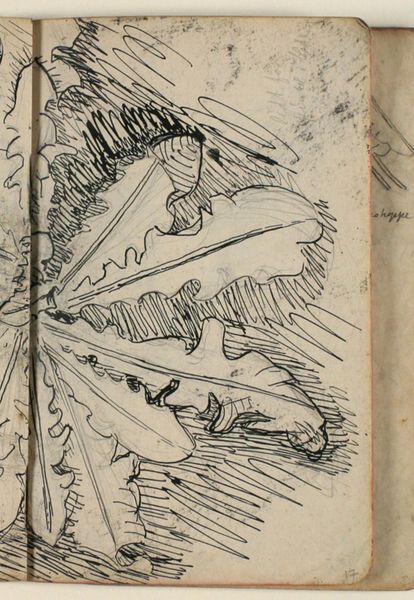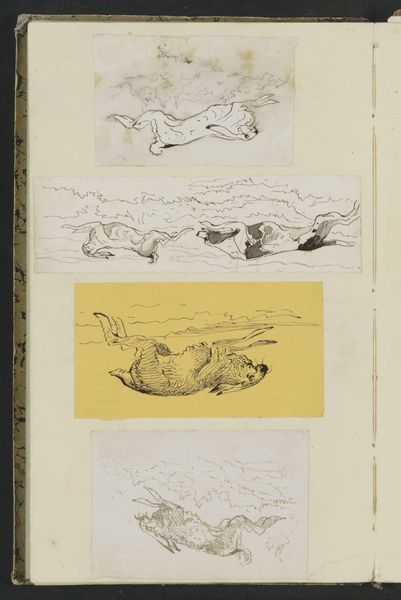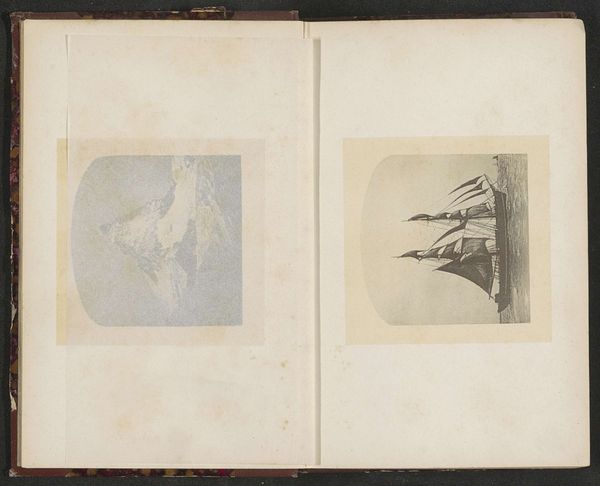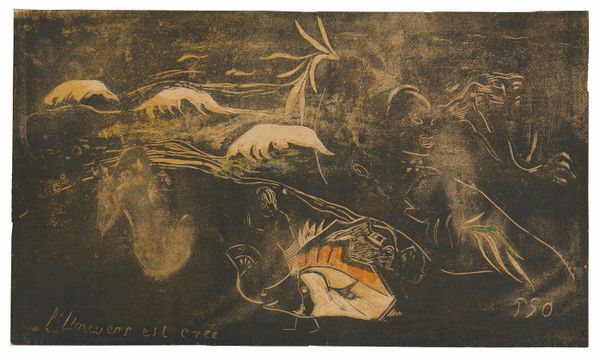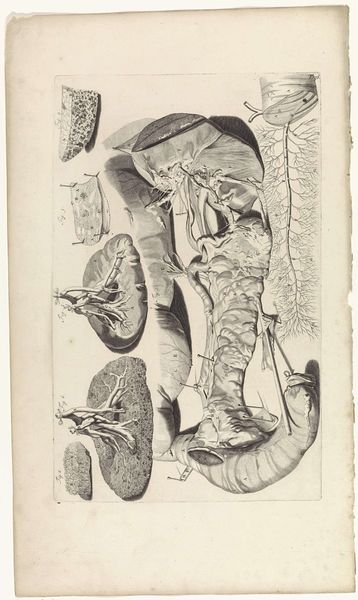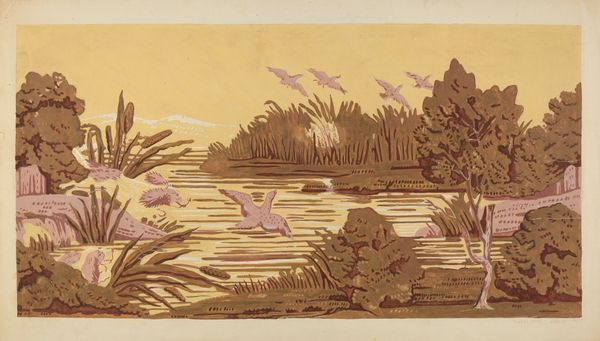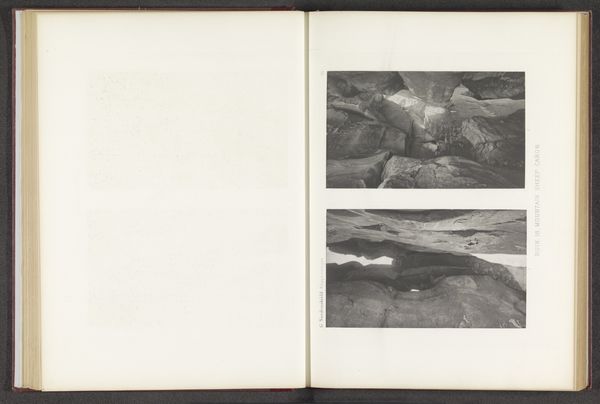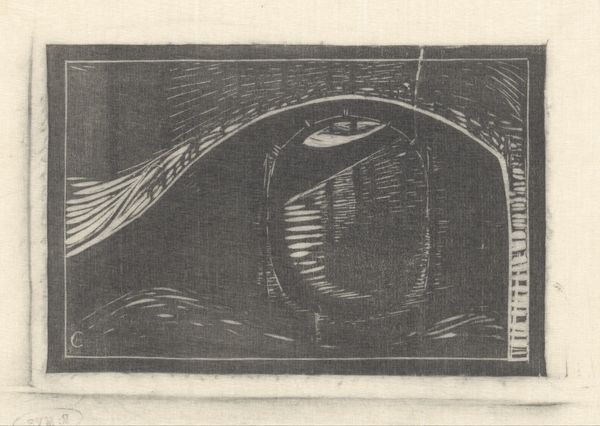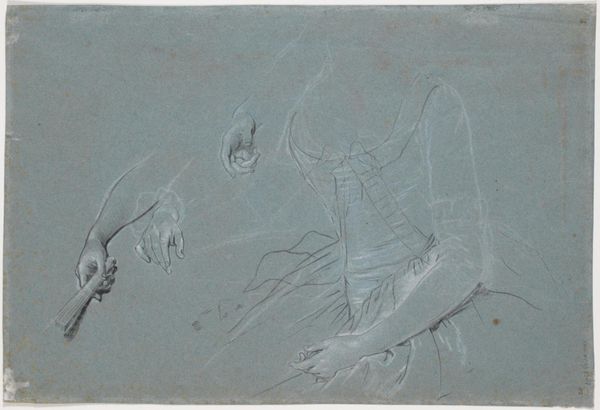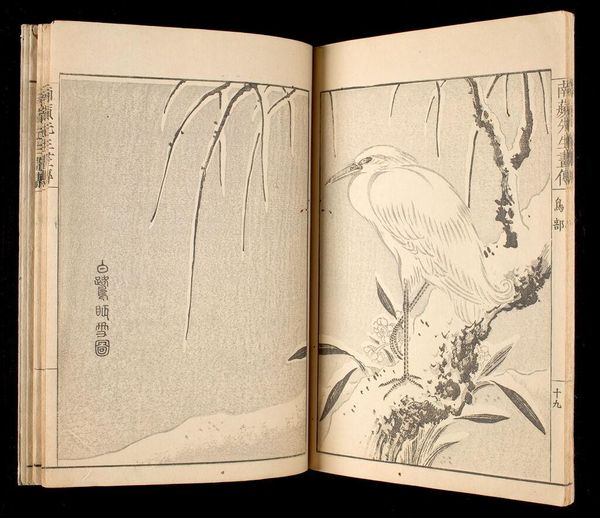
Case (Inrō) with Design of Flying Cuckoo in Flight above Pines (obverse); Bonito (Fish) on Bamboo Leaves (reverse) 19th century
0:00
0:00
carving, wood
#
fish
#
carving
#
asian-art
#
landscape
#
bird
#
carved
#
wood
#
miniature
Dimensions: 2 7/8 x 3 1/16 x 11/16 in. (7.3 x 7.7 x 1.8 cm)
Copyright: Public Domain
This is an Inrō case made in Japan by Toyosai, sometime between 1772 and 1845, with lacquer and inlaid with gold and other materials. Inro were small, personal containers suspended from the obi, or sash, worn with traditional Japanese dress, and they held things like seals or medicines. As such they were highly personal objects, but also fashionable ones, and wealthy Japanese would commission inro as a sign of their social status. Here the artist has depicted a cuckoo in flight above pines on one side and a bonito fish on bamboo leaves on the other. Fish and birds are common motifs in Japanese art, but the artist also had to consider how the designs would look on a small, wearable object. Understanding the history of objects like this means taking into account Japanese social customs and how people actually lived at the time. Art historical research relies on a wide range of resources to get a complete picture of the period and how it shaped this object.
Comments
No comments
Be the first to comment and join the conversation on the ultimate creative platform.
